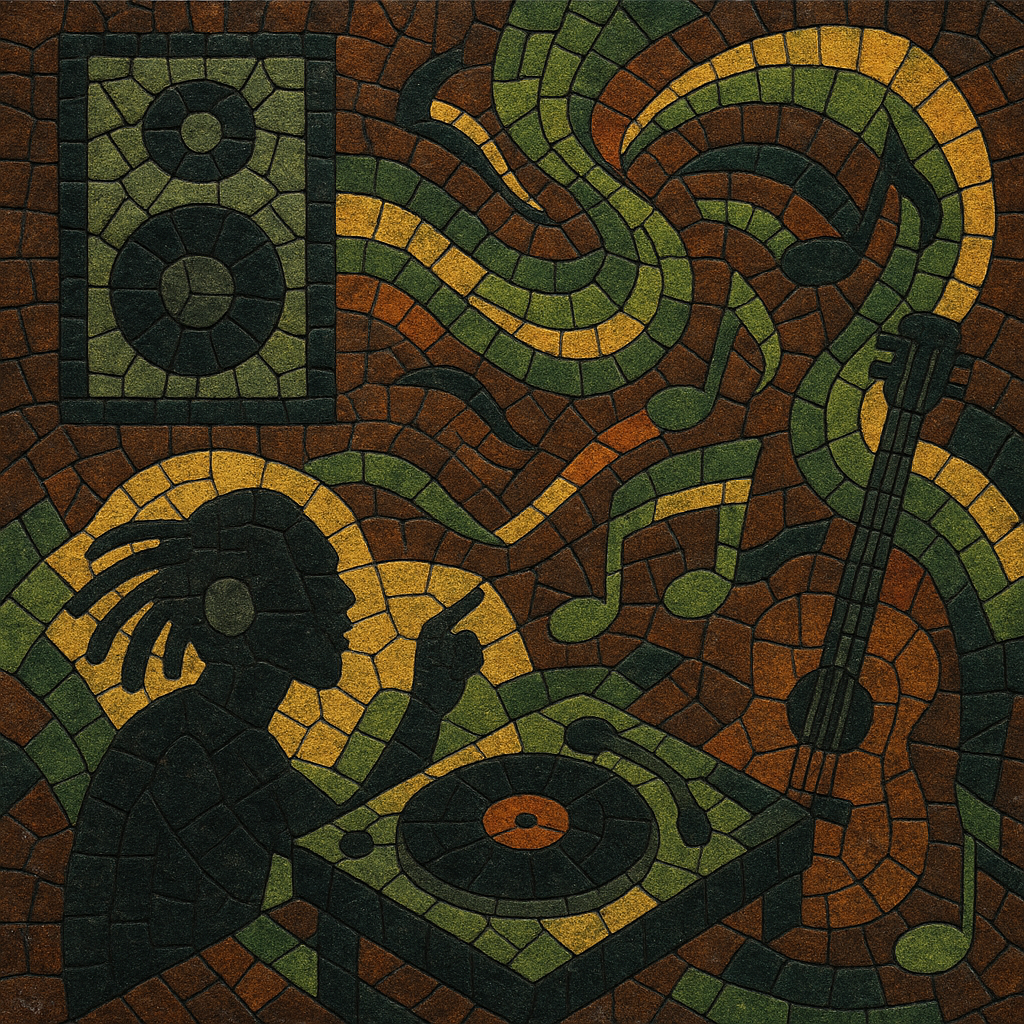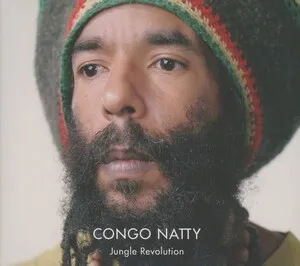
Dubwise drum and bass is a substyle of drum and bass that foregrounds the aesthetics of Jamaican dub: towering sub‑bass, echo‑drenched stabs, tape‑delay trails, spring‑reverb depth, and snippets of toasting or sound‑system chatter. It keeps the 160–174 BPM framework of DnB but often relaxes the groove with rolling breaks, half‑time switches, and off‑beat skanks borrowed from reggae.
Compared with ragga‑jungle’s maximalist energy, dubwise drum and bass is typically more spacious and bass‑led. The drums emphasize the Amen/Think family of breaks or stripped two‑step patterns, while organs, guitars, or horns provide syncopated “skank” hits. The mood ranges from smoky and meditative to dark and heavyweight, always engineered to translate powerfully on large sound systems.
Dubwise drum and bass grew out of the mid‑1990s UK jungle and drum and bass continuum, where producers were already sampling reggae and dub while pushing faster breakbeats. UK sound‑system culture and the legacy of Jamaican diasporic music laid the foundation: towering sub‑bass, dub mixing techniques, and MC toasting all filtered into the new tempo.
By the late 1990s, producers began to deliberately strip arrangements back and amplify the dub characteristics—heavy sine‑wave subs, tape‑delay feedback, and organ skanks. Labels and artists associated with deeper, darker rollers helped solidify the sound. Releases that paired rolling breaks with cavernous space and minimal, dub‑centric motifs became calling cards of the style and club staples across the UK and Europe.
Throughout the 2000s, dubwise DnB became a DJ mainstay for transitions between harder tech sounds and more soulful cuts. Producers leaned on classic dub studio discipline—HPF/LPF sweeps, spring‑reverb tails, and delay‑send “playing”—to create tension and release. The style also embraced half‑time drum phrasing at full DnB tempo, reinforcing a skanking head‑nod while preserving dance‑floor energy.
In the 2010s, dubwise sensibilities informed halftime DnB and intersected with artists moving between DnB and dubstep. Meanwhile, jungle revivals and reggae‑rooted rollers kept the dubwise palette in circulation. Today, dubwise drum and bass remains a dependable club tool and a production approach—prioritizing sub‑pressure, negative space, and dub‑studio performance within the DnB framework.


%2C%20Cover%20art.webp)
